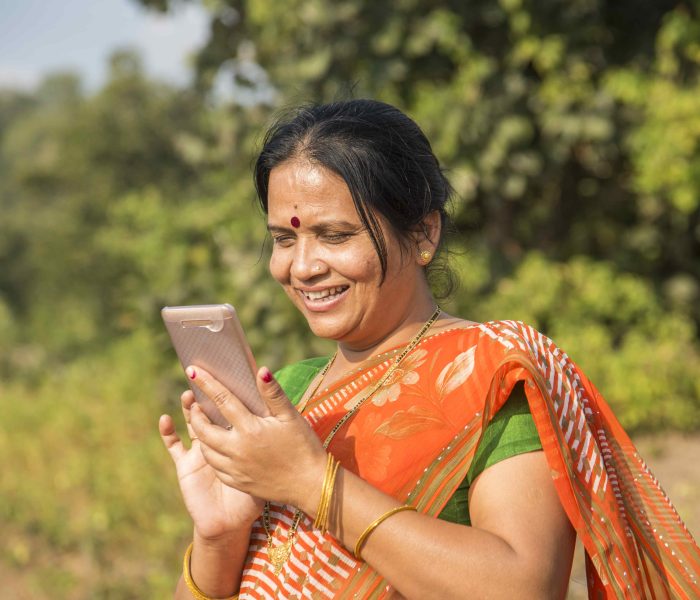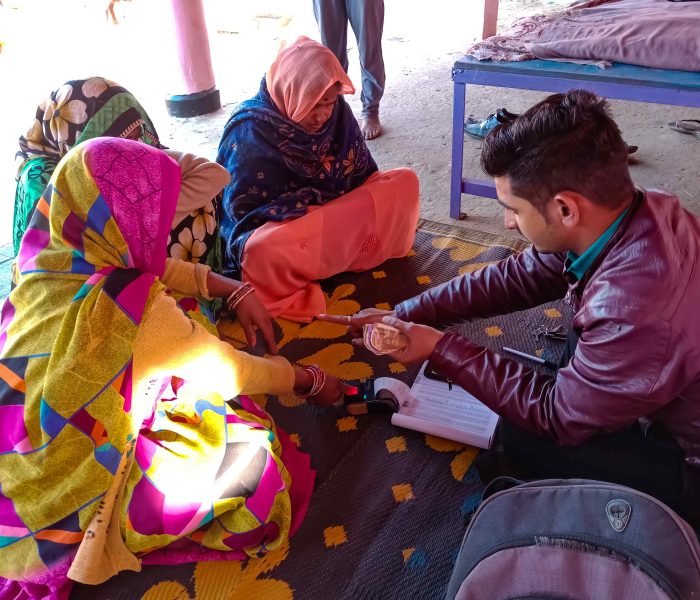MONITORING AND DIAGNOSTIC TOOLS
CAPTURING CUSTOMER ISSUES WITH UPI
WHAT PROBLEMS ARE UPI CUSTOMERS ENCOUNTERING?
In the first month of the current financial year, India registered 8.9 billion UPI transactions worth INR 14.07 trillion[12]. Given this volume, even a 0.1% transaction failure rate will mean 9 million failed transactions per month. Many such failures would be harmless, i.e., no money would be debited from the remitter’s account, or there would be an immediate refund. But there are also actual cases where the money gets debited, but not received by the customer. And consumers often face other hurdles as well.

The magnitude of this impact on Indian customers cannot be properly gauged by just considering complaints registered with the RBI Ombudsman. For instance, only 58,767 complaints were recorded between July 2020 and March 2021 – whereas customer grievances registered on social media handles would suggest a much larger number. Indeed, social media posts may well capture an authentic aspect of the customer’s voice.
Therefore, Dvara Research is developing a tool that can uncover customer-facing issues in the UPI ecosystem by monitoring publicly available social media posts. The tool scrapes data from Twitter and Google Play Store for providers with a cumulative market share of over 90% of transaction volumes, and then uses Natural Language Processing methods to categorise issues that customers are facing, calculate their prevalence rates, and report other valuable indicators.
This tool is currently being designed to operate without user supervision, enabling regulators, providers, and other stakeholders to get a glimpse of the UPI ecosystem at the click of a button. This would enable prompt detection of user hurdles and targeted resolution to strengthen the citizens’ trust in India’s digital payments infrastructure.
Read all of our writings under Customer Issues With UPI here.

IMPROVING INSURANCE UPTAKE UNDER THE JAN SURAKSHA PROGRAM
WHY ARE PUBLIC INSURANCE SCHEMES NOT POPULAR?
The Pradhan Mantri Jeevan Jyoti Bima Yojana (PMJJBY) and the Pradhan Mantri Suraksha Bima Yojana (PMSBY) aim to protect low-income households against financial losses resulting from a household member’s death and personal accidents, respectively. The design and delivery mechanisms of PMJJBY and PMSBY have successfully made formal insurance accessible to millions of low-income households. However, nearly eight years after their launch, less than 1% of low-income households have PMJJBY and PMSBY accounts (AIDIS 2019).
In the first phase of this project, we studied the existing literature and public discourse on these schemes and engaged with several grassroots organisations to identify problems in the delivery of PMJJBY and PMSBY. We learned that structural issues on the supply-side discourage banks and insurance companies from promoting these schemes. These issues pertain to the incentive structure for financial intermediaries, the distribution channels typically employed, customer selection and product pricing, and instances of frauds that make the sale and servicing of these schemes a challenging proposition for these providers.
Based on the above understanding, we are now working to develop a diagnostic toolkit that will enable a periodic monitoring of the quality of delivery of the two schemes. The toolkit has both quantitative and qualitative aspects, and we will be surveying customers as well as interviewing senior management officials and field staff of banks and insurance companies. The intent will be to uncover the manner in which supply-side challenges ultimately impact the customer’s experience of accessing and using the schemes, from onboarding all the way to claim settlements and grievance redress.
Read all of our writings under Public Insurance Schemes here.
IMPROVING CASH-IN CASH-OUT (CICO) SERVICES
ARE BC AGENTS SUCCEEDING?
In many remote and far-flung locations, accessing money in one’s own account is no simple task. Various frictions may prevent a constrained customer from availing CICO services, which are essential for accessing one’s entitlements or wages, or for remitting money to family members. While the Business Correspondent (BC) model has emerged as the predominant network of diffused touchpoints through which banks reach the last-mile customer, problems with its implementation have meant that meaningful access to deposit and withdrawal services at the last mile is still lacking.

Through conversations with providers, and field interviews with BC agents, we have identified the key factors that can contribute to an agent’s profitability and therefore to that agent’s ability to provide CICO services reliably. We have organised all these factors into an ‘Agent Success Framework’. We believe that if agents can succeed as dictated by the elements of our framework, then customers’ ability to access CICO services will also greatly improve.
But how are network managers, banks and policymakers to know if agents are succeeding? To answer this question, we are now building a diagnostic tool which will identify those aspects of any particular BC network that obstruct reliable CICO provision. Our agent success framework indicates that reliable CICO provision makes for profitability (because customers are happy) just as much as profitability makes for reliable CICO provision (because agents are happy), but the loop has to start with agent profitability, and this is a point of intervention for network managers, banks and policymakers.
Ultimately, the problem discovery and solutioning enabled by our diagnostic tool will improve not only access to reliable CICO services but also the quality of service provided overall.
Read all of our writings under Improving Cash-in Cash-out Services here.

HELPING WOMEN CUSTOMERS GAIN COMFORT WITH DIGITAL ENVIRONMENTS
COULD POOR WOMEN BE MANAGING THEIR MONEY DIGITALLY?
The financial lives of poor women largely revolve around the challenges posed by their small, irregular, and unpredictable household incomes. Their focus is on daily cashflow management and on ensuring that money is available when needed. Financial decision-making by these women is frequent, intuitive, and automatic. Also, it is embedded within a complex network of community-level interactions. However, these realities have not been considered in the design and delivery of financial services for poor women.
To bridge the existing gap in knowledge, we have embarked on a project to uncover prevailing money management practices among poor women and to assess the potential for digitising these practices. We take this approach because we believe that migrating women’s existing money management practices to digital platform is the essential first step towards their adoption of digital financial services. Our intervention, with appropriate safeguards built-in, uses an assisted model of female peers, or Sakhis, to create a relatively hassle-free environment that would empower poor women to embrace a digital payments app.
The study intervention will approximately span over six months. We have already identified implementation partners and field sites. Through our work, we will not only shed light on the money management practices of poor women and their amenability to digital migration, but also explore how to sustain and deepen the trust and confidence that the women come to repose in the digital payments app. Ultimately, this project has the potential to promote inclusive practices and foster meaningful financial inclusion for poor women in both digital and traditional contexts.
Read all of our writings under Women’s Money Management here.
SURFACING THE POOR CUSTOMER'S VOICE
IN WHAT WAYS IS CONTACT WITH FORMAL FINANCE CAUSING CUSTOMERS TO BECOME AGGRIEVED?
The ‘Voice of Aggrieved Customer’ project aims to surface the lived experiences of aggrieved customers of digitised financial services, to reveal customer protection issues that may be going unnoticed and unreported. The key objectives of this project are to (i) raise awareness of the poor quality of, and gaps in, financial service delivery to low-income households and vulnerable segments, (ii) reveal the complexity of the issues and experiences from the customer’s standpoint, and (iii) identify the aspects of regulated conduct on which institutions are falling short.
We have commissioned partner organisations with extensive field presence to collect customer cases for us. These organisations have been at work for several months and are now developing their final outputs for us to collate into a cohesive repository of cases. The cases once published will be in audio, visual and written formats.

We have commissioned partner organisations with extensive field presence to collect customer cases for us. These organisations have been at work for several months and are now developing their final outputs for us to collate into a cohesive repository of cases. The cases once published will be in audio, visual and written formats.